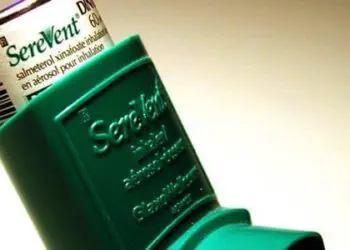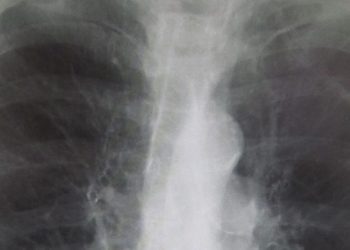Decrease in medication use among US children and adolescents
1. While overall prescribing of medications decreased compared to the early 2000s, the use of ADHD medication, asthma medicine, and contraceptive use increased while use of antibiotics, antihistamines, and upper respiratory combination medications decreased.
2. Most commonly used medication classes include asthma medications, antibiotics, ADHD medications, topical agents, and antihistamines.
Evidence Rating Level: 2 (Good)
Study Rundown: Evaluating trends in medication use among children and adolescents provides useful information to determine the degree of stewardship of certain medications, such as antibiotics and opioids, and how adoption of clinical guidelines leads to changes in prescription behavior by providers. The current cross-sectional study evaluated trends in prescription medicine use overall and by common therapeutic classes among US children and adolescents from 1999 to 2014. Comparing prescribing trends to 1999-2002, use of prescription medicine in the prior month decreased significantly from 2011-2014. The most commonly used medication classes were asthma medications, antibiotics, attention-deficit/hyperactivity disorder (ADHD) medications, topical agents, and antihistamines. Use of asthma, ADHD, and contraceptives increased, and use of antibiotics, antihistamines, and upper respiratory combination medications decreased. Further, while medication use varied by age, race and Hispanic origin, insurance status, and current health status, it did not differ by sex, household income, or education level of the household head.
Overall, the study shows divergent patterns in prescription medication use among adolescents, with some classes showing increased use and others showing decreased use. The study does not include information on dosages, formulations, and frequency of use. Future studies may also evaluate the use of over-the-counter medications that was not included in this study.
Click to read the study, published in JAMA
Relevant Reading: Antibiotic Use in Children – A Cross-National Analysis of 6 Countries
In-Depth [cross-sectional]: The current study is cross-sectional and based on data obtained through the National Health and Nutrition Examination Survey (NHANES) that has been conducted continuously in 2-year cycles since 1999. Home face-to-face interviews were conducted throughout each year, and medication names were recorded and matched to a brand or generic name and converted to a standard drug name. Linear trends in medication use were evaluated from 1999 to 2014 by age, sex, and race and Hispanic origin. New therapeutic classes of medications were created including antibiotics, asthma medication, ADHD medications, anti-hypertensive medicines, and narcotic-containing analgesics. Use of prescription medication use by age group was examined as well.
Overall, data was available on 38,277 children and adolescents. Mean age was 10 years and 49% were girls. Overall, prescription medication decreased over the last 30 days between 1999-2002 and 2011-2014 (24.6% to 21.9%). The most commonly used medication during the 2011-2014 period were asthma medications (6.1%), antibiotics (4.5%), ADHD medications (3.5%), topical agents such as dermatologic agents and nasal steroids (3.5%), and antihistamines (2.0%). Asthma medication, ADHD medication, and contraceptive use significantly increased. Antibiotic, antihistamine, and upper respiratory combination medication use decreased.
Image: PD
©2018 2 Minute Medicine, Inc. All rights reserved. No works may be reproduced without expressed written consent from 2 Minute Medicine, Inc. Inquire about licensing here. No article should be construed as medical advice and is not intended as such by the authors or by 2 Minute Medicine, Inc.

![2MM: AI Roundup- AI Cancer Test, Smarter Hospitals, Faster Drug Discovery, and Mental Health Tech [May 2nd, 2025]](https://www.2minutemedicine.com/wp-content/uploads/2025/05/Untitled-design-350x250.png)





